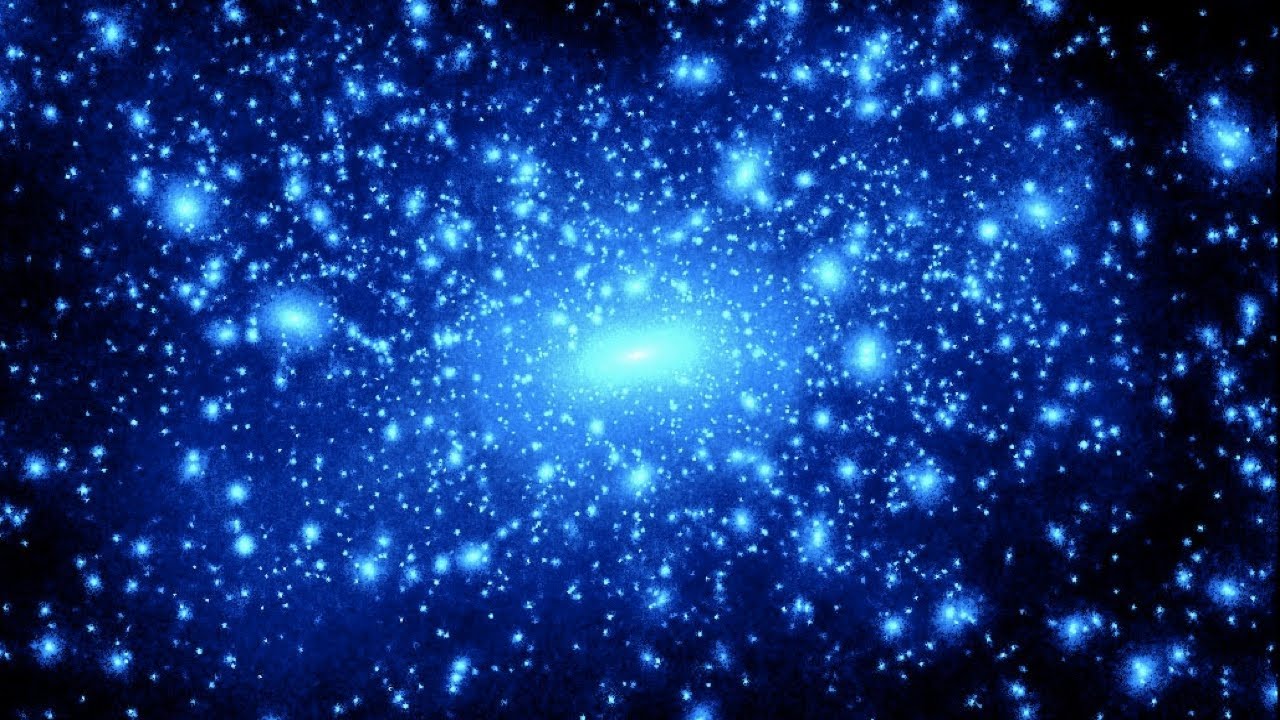Cosmology, the study of the universe as a whole, has been turned on its head by a stunning discovery that the universe is flying apart in all directions at an ever-increasing rate.
Is the universe bursting at the seams? Or is nature somehow fooling us?
The astronomers whose data revealed this accelerating universe have been awarded the Nobel Prize for Physics.
And yet, since 1998, when the discovery was first announced, scientists have struggled to come to grips with a mysterious presence that now appears to control the future of the cosmos: dark energy.
On remote mountaintops around the world, major astronomical centers hum along, with state of the art digital sensors, computers, air conditioning, infrastructure, and motors to turn the giant telescopes.
Deep in Chile’s Atacama desert, the Paranal Observatory is an astronomical Mecca.
This facility draws two megawatts of power, enough for around two thousand homes.
What astronomers get for all this is photons, tiny mass-less particles of light. They stream in from across time and space by the trillions from nearby sources, down to one or two per second from objects at the edge of the visible universe.
In this age of precision astronomy, observers have been studying the properties of these particles, to find clues to how stars live and die, how galaxies form, how black holes grow, and more.
But for all we’ve learned, we are finding out just how much still eludes our grasp, how short our efforts to understand the workings of the universe still fall.
A hundred years ago, most astronomers believed the universe consisted of a grand disk, the Milky Way. They saw stars, like our own sun, moving around it amid giant regions of dust and luminous gas.
The overall size and shape of this “island universe” appeared static and unchanging.
That view posed a challenge to Albert Einstein, who sought to explore the role that gravity, a dynamic force, plays in the universe as a whole.
There is a now legendary story in which Einstein tried to show why the gravity of all the stars and gas out there didn’t simply cause the universe to collapse into a heap.
He reasoned that there must be some repulsive force that countered gravity and held the Universe up.
He called this force the “cosmological constant.” Represented in his equations by the Greek letter Lambda, it’s often referred to as a fudge factor.
In 1916, the idea seemed reasonable. The Dutch physicist Willem de Sitter solved Einstein’s equations with a cosmological constant, lending support to the idea of a static universe.
Now enter the American astronomer, Vesto Slipher.
Working at the Lowell Observatory in Arizona, he examined a series of fuzzy patches in the sky called spiral nebulae, what we know as galaxies. He found that their light was slightly shifted in color.
It’s similar to the way a siren distorts, as an ambulance races past us.
If an object is moving toward Earth, the wavelength of its light is compressed, making it bluer. If it’s moving away, the light gets stretched out, making it redder.
12 of the 15 nebulae that Slipher examined were red-shifted, a sign they are racing away from us.
Edwin Hubble, a young astronomer, went in for a closer look. Using the giant new Hooker telescope in Southern California, he scoured the nebulae for a type of pulsating star, called a Cepheid. The rate at which their light rises and falls is an indicator of their intrinsic brightness.
By measuring their apparent brightness, Hubble could calculate the distance to their host galaxies.
Combining distances with redshifts, he found that the farther away these spirals are, the faster they are moving away from us. This relationship, called the Hubble Constant, showed that the universe is not static, but expanding.
Einstein acknowledged the breakthrough, and admitted that his famous fudge factor was the greatest blunder of his career.

